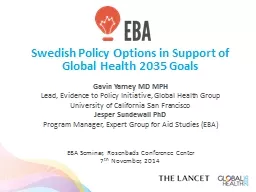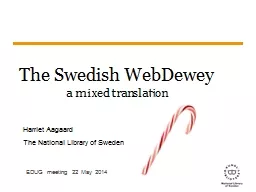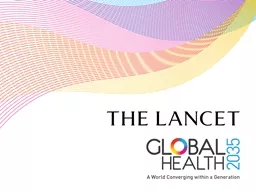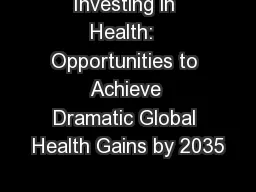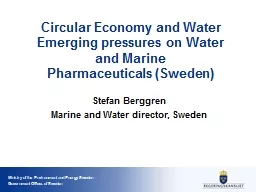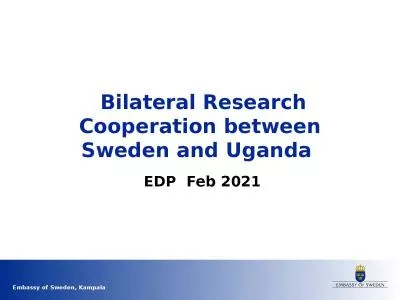PPT-Swedish Policy Options in Support of Global Health 2035 Goals
Author : myesha-ticknor | Published Date : 2018-11-21
Gavin Yamey MD MPH Lead Evidence to Policy Initiative Global Health Group University of California San Francisco Jesper Sundewall PhD Program Manager Expert Group
Presentation Embed Code
Download Presentation
Download Presentation The PPT/PDF document "Swedish Policy Options in Support of Glo..." is the property of its rightful owner. Permission is granted to download and print the materials on this website for personal, non-commercial use only, and to display it on your personal computer provided you do not modify the materials and that you retain all copyright notices contained in the materials. By downloading content from our website, you accept the terms of this agreement.
Swedish Policy Options in Support of Global Health 2035 Goals: Transcript
Download Rules Of Document
"Swedish Policy Options in Support of Global Health 2035 Goals"The content belongs to its owner. You may download and print it for personal use, without modification, and keep all copyright notices. By downloading, you agree to these terms.
Related Documents

